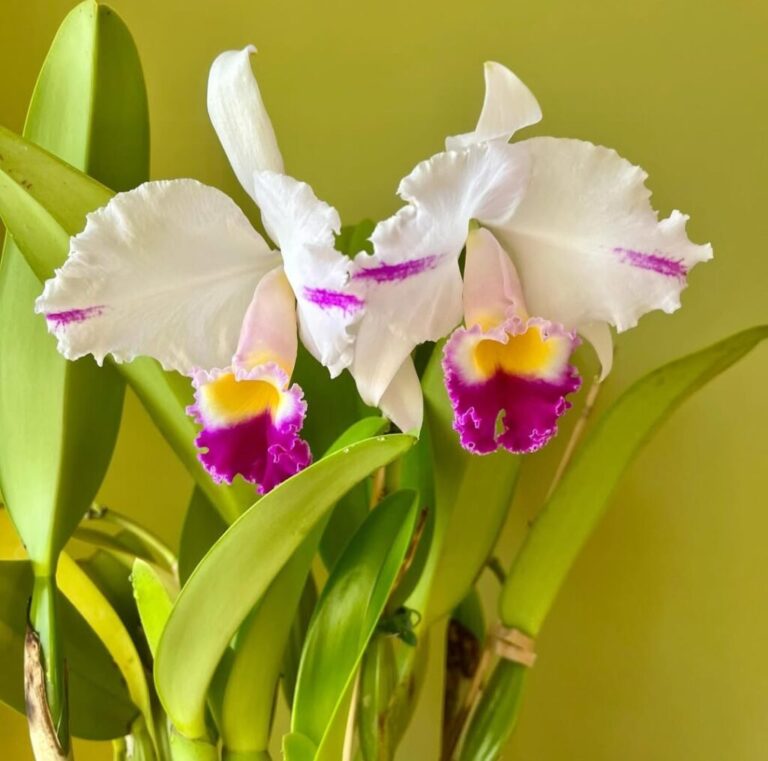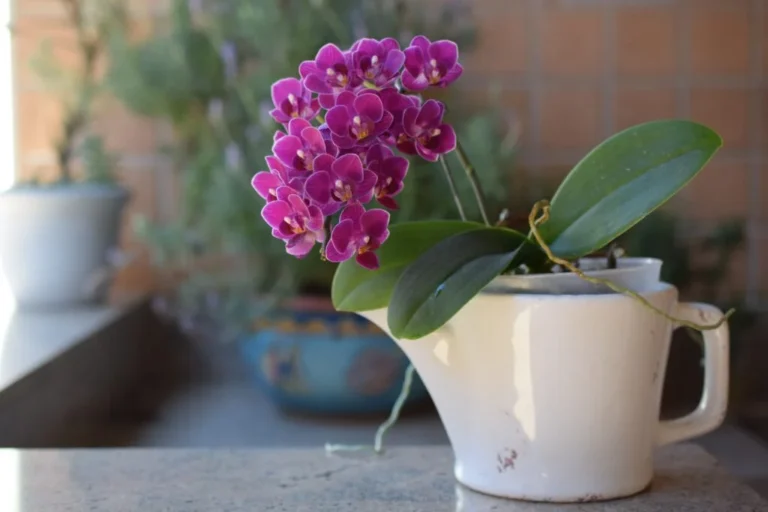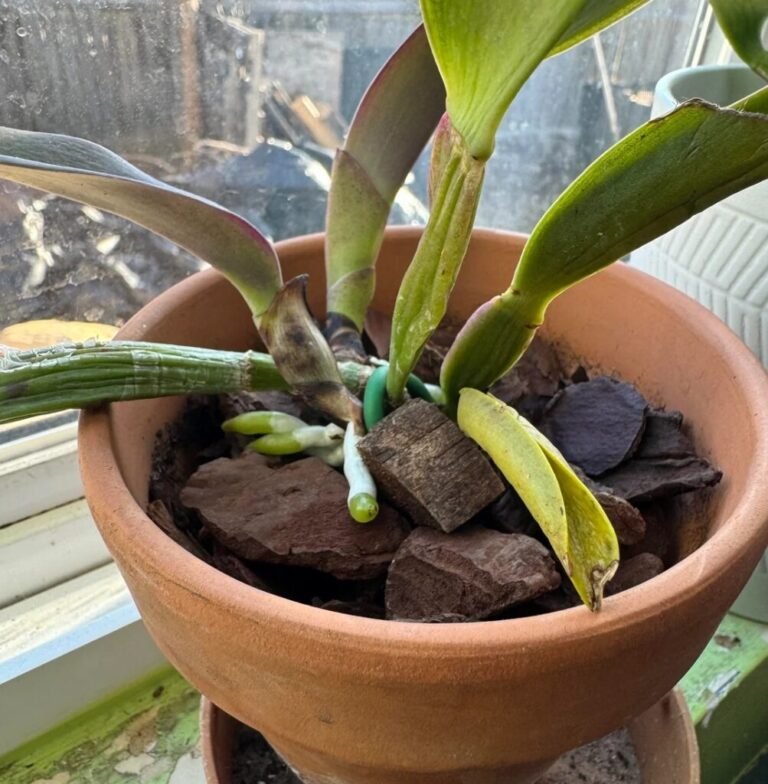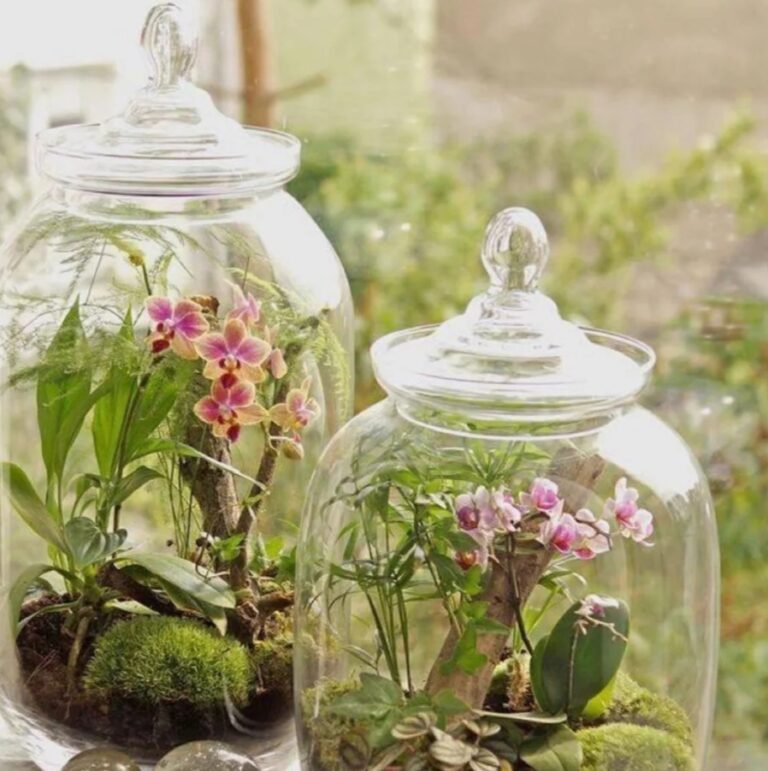Red roses are among the most beloved flowers in the world, symbolizing love, passion, and beauty. Their deep red petals and enchanting fragrance make them a favorite in gardens, bouquets, and romantic gestures. However, growing them might seem intimidating for beginners. Many worry about issues like diseases, pests, and improper care leading to weak or dying plants. But with the right care and knowledge, you can cultivate stunning red roses effortlessly. This guide provides seven powerful tips to help you grow healthy and vibrant red roses while addressing common challenges and their solutions.

- 1 1.Selecting the Proper Red Variety
- 2 2. Preparing the Perfect Soil for Red Roses
- 3 3. Proper Planting Techniques for Healthy Growth
- 4 4. Watering Red Roses the Right Way
- 5 5. Feeding and Fertilizing for Vibrant Blooms
- 6 6. Pruning and Deadheading for Continuous Blooms
- 7 7. Preventing and Treating Common Rose Problems
- 8 Red Roses Care Timetable
- 9 FAQs
1.Selecting the Proper Red Variety
The first step in growing beautiful red roses is selecting the right variety. There are numerous types of red roses, each with its own unique characteristics, bloom styles, and growth habits. Some popular types include hybrid teas, floribundas, grandifloras, and climbers.
Hybrid tea roses are prized for their long, elegant stems and large blooms, making them ideal for cut flowers and bouquets. Floribundas produce clusters of roses, making them perfect for adding color to your garden landscape. Grandifloras combine the best of both hybrid teas and floribundas, offering both elegance and abundant blooming. If you’re looking for a showstopper, climbing roses can be trained to grow on fences, trellises, and walls, creating a stunning vertical display of red roses.
Choosing the right variety is crucial because some types are more disease-resistant, while others require more maintenance. Research the climate and soil conditions in your region to determine which variety will thrive best in your garden.
Tip: If you’re a beginner, opt for disease-resistant varieties such as ‘Mister Lincoln’ or ‘Don Juan’ to minimize maintenance efforts and increase success.
2. Preparing the Perfect Soil for Red Roses
Healthy soil is the foundation of thriving red roses. Roses prefer well-draining, nutrient-rich soil with a slightly acidic to neutral pH, ideally between 6.0 and 6.5. If your soil is too alkaline or too acidic, your roses may struggle to absorb essential nutrients, leading to stunted growth and poor blooming.
Before planting, test your soil using a pH testing kit. If your soil is too acidic, adding garden lime can help raise the pH. If it’s too alkaline, you can lower it by incorporating organic matter such as compost, peat moss, or sulfur.
In addition to pH balance, proper soil composition is key. A mixture of loamy soil with compost or well-rotted manure provides essential nutrients and improves aeration and drainage. If you have clay-heavy soil, consider amending it with sand and organic matter to enhance its structure.
Tip: Mulch around your rose plants with wood chips or straw to help retain moisture, regulate temperature, and prevent weed growth.
3. Proper Planting Techniques for Healthy Growth
Correct planting is vital for the long-term health of your red roses. Digging a hole twice as large as the root ball is the first step.This ensures that the roots have enough room to expand and establish themselves.
Place the rose plant in the hole at the appropriate depth. If you are planting a grafted rose, the graft union (the swollen area where the rose is grafted onto the rootstock) should be slightly above soil level in warmer climates and just below soil level in colder regions.
Once the rose is positioned correctly, fill the hole with soil, gently pressing it down to remove air pockets. After planting, water well to aid in the settling of the roots.
Tip: Space your roses at least 2-3 feet apart to allow for proper air circulation, which helps prevent fungal diseases like black spot.
4. Watering Red Roses the Right Way
Red roses need consistent moisture, but overwatering can be just as harmful as underwatering. The best approach is deep watering twice a week, ensuring that the soil remains moist but not soggy.
Early morning watering is ideal because it allows excess moisture on the leaves to evaporate, reducing the risk of fungal infections. Avoid overhead watering, as wet leaves create an environment for diseases like powdery mildew.
Drip irrigation or soaker hoses are excellent options because they deliver water directly to the roots without wetting the foliage.
Tip: Stick your finger an inch into the soil—if it feels dry, it’s time to water.Wait a day before testing again if it still feels damp.
5. Feeding and Fertilizing for Vibrant Blooms
Fertilization is crucial for healthy red roses that produce vibrant blooms. Use a balanced fertilizer, such as a 10-10-10 formula, or organic alternatives like fish emulsion, bone meal, or compost tea.
Apply fertilizer in early spring when new growth appears, and continue feeding your roses every 4-6 weeks during the growing season. Be careful not to overuse nitrogen-heavy fertilizers, as they encourage excessive leaf growth at the expense of flowers.
Tip: Water your roses before fertilizing to prevent root burn and ensure proper nutrient absorption.
6. Pruning and Deadheading for Continuous Blooms
Regular pruning encourages healthy growth, improves air circulation, and helps prevent disease. The best time to prune red roses is in late winter or early spring before new growth begins.
Use sharp, sterilized pruning shears to make clean cuts just above outward-facing buds. This promotes outward growth and prevents the plant from becoming too dense. Deadheading (removing faded flowers) encourages continuous blooming throughout the season.
Tip: Always cut at a 45-degree angle to allow water to run off and reduce the risk of disease.
7. Preventing and Treating Common Rose Problems
Red roses are susceptible to common problems like black spot, powdery mildew, aphids, and spider mites.Frequent inspections can assist in identifying problems early.
If you notice black spots on leaves, remove affected leaves and apply a fungicide.Use neem oil or insecticidal soap to treat pest infestations. Proper spacing, pruning, and watering techniques can prevent many issues.
Tip: Plant garlic or marigolds near your roses to naturally repel pests.
Red Roses Care Timetable
| Task | Frequency |
|---|---|
| Watering | Twice a week |
| Fertilizing | Every 4-6 weeks during the growing season |
| Pruning | Late winter or early spring |
| Deadheading | As needed throughout blooming season |
| Mulching | Once in spring and replenish as needed |
| Inspecting for Pests/Diseases | Weekly |
Tip: Be patient! The first year may require extra effort, but once established, red roses will reward you with continuous blooms season after season.
Growing red roses can be a rewarding experience, especially when you see their vibrant blooms thrive in your garden. While they require attention and care, following these tips will ensure your roses remain healthy, beautiful, and resilient.
By selecting the right variety, preparing quality soil, watering correctly, feeding consistently, pruning properly, and preventing common problems, you can enjoy stunning red roses for years to come.
FAQs
How often should I water red roses?
Water deeply 2–3 times per week, depending on the weather and soil drainage.Steer clear of overhead irrigation to avoid fungal infections.
What is the best soil for red roses?
Well-draining, loamy soil with a pH between 6.0 and 6.5 is ideal for healthy red roses.
How much sunlight do red roses need?
Red roses thrive in at least 6–8 hours of direct sunlight per day for optimal blooming.
When is the best time to prune red roses?
Prune in early spring, just as new growth begins, to encourage healthy blooms and shape the plant.
What type of fertilizer should I use for red roses?
Use a balanced rose fertilizer (10-10-10 or 5-10-5) or organic options like compost, bone meal, or fish emulsion.
How do I prevent pests on red roses?
Regularly inspect for aphids, spider mites, and Japanese beetles.If necessary, apply insecticidal soap or neem oil.
Why are my red rose leaves turning yellow?
Yellowing leaves can be caused by overwatering, poor drainage, nutrient deficiencies, or fungal infections.
How do I encourage more blooms on my red roses?
Deadhead spent flowers, fertilize regularly, and provide adequate sunlight and water.
Can I grow red roses in pots?
Yes, choose a large container (at least 12 inches deep) with good drainage and use quality potting mix.
.









